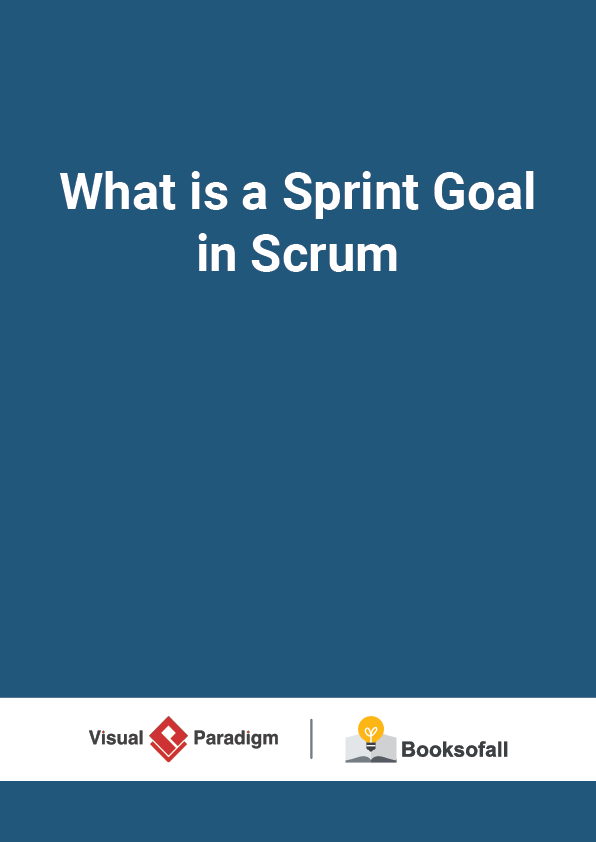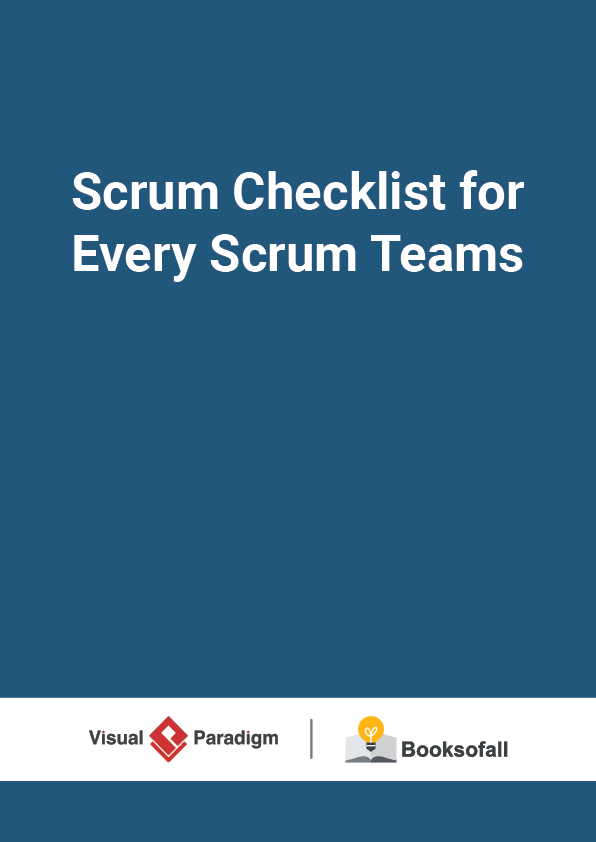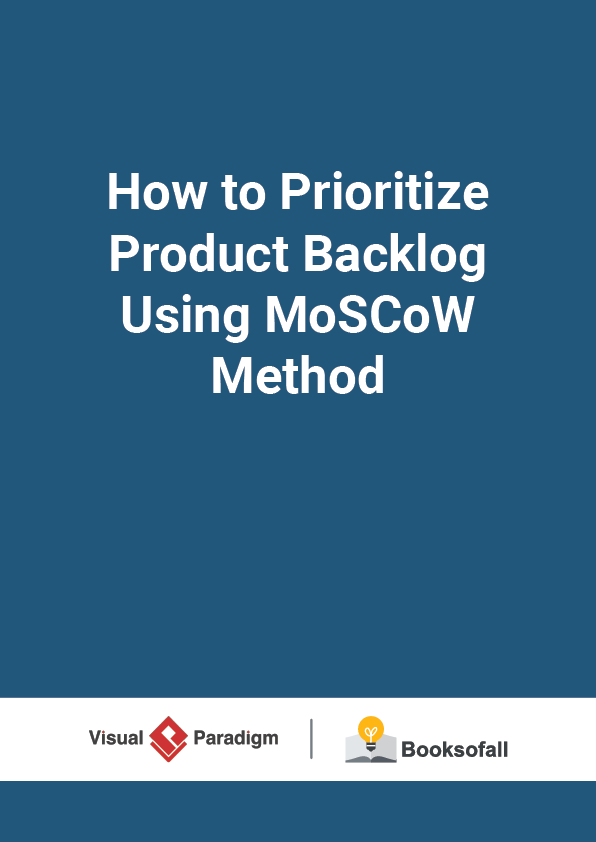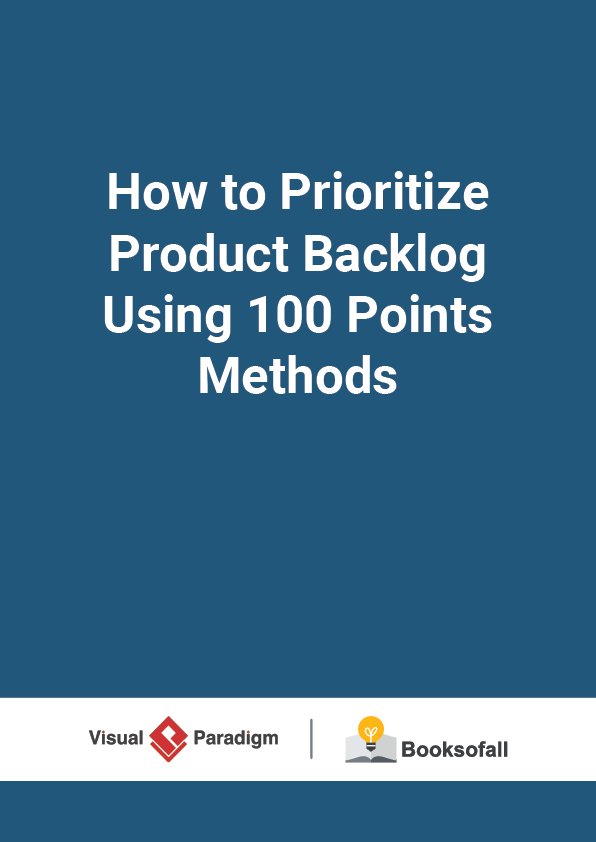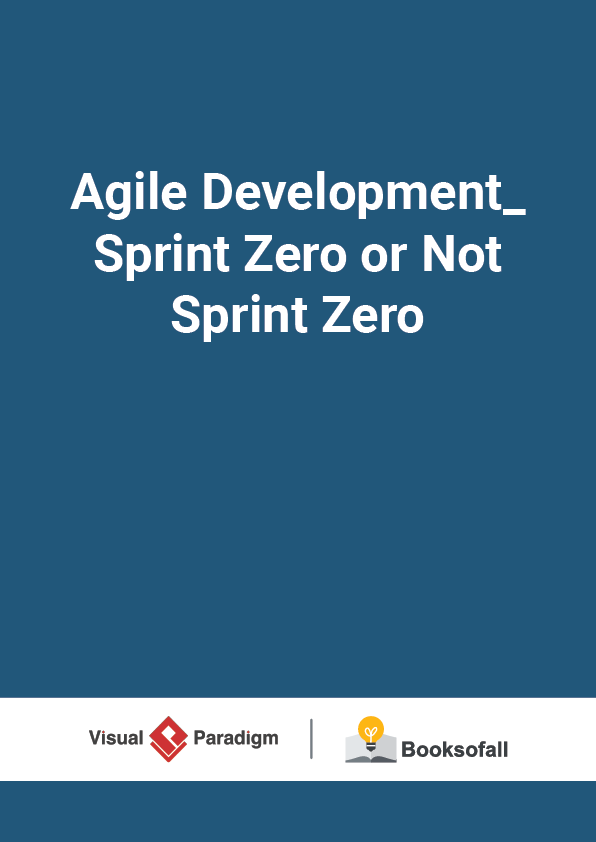What is a Sprint Goal in Scrum?
4-5 minutes
A Sprint goal shows the desired outcome of an iteration that provides a shared goal to the team, which goal has to be defined before the team starts the Sprint in order to focus to get this goal.
On the ideal situation, every sprint should have one goal. This ensures that everyone is in the same page. When the goal has been chosen, the team have to work to implement it.
First of all, the Product Owner has to define clearly the objective (or goal) of the Sprint. Then the team has to implement it in order to build a “Product Increment” and last but not least the stakeholders have to validate the goal and provide their feedback.
What is a Sprint Goals?
Sprint goal is a high-level summary of the goal the product owner would like to accomplish during a sprint, frequently elaborated through a specific set of product backlog items. A sprint goal is a short, one- or two-sentence, description of what the team plans to achieve during the sprint. It is written collaboratively by the team and the product owner.
The following are typical sprint goals for an e-Commerce application:
- Add, remove and update quantities for the shopping cart
- Develop the checkout process: pay for an order, pick shipping, order gift wrapping
4 Step for Creating a Sprint Goals
Sprint goal is typically defined in the first part of the Sprint Planning Meeting through the following main steps:
- Product owner presents the ordered backlog items to the team.
- Team discusses and understands the work for this Sprint.
- Team forecasts and commits on the items that can be done.
- Team creates the Sprint Goal for this Sprint.
Why A Sprint Goal?
While it’s easy to gather a bunch of Backlog Items to work on in a Sprint, it’s a little harder (but much more valuable) to have a set of Backlog Items that fit together and in this way, provide more business value. Here are the five benefits of having a sprint goal suggested by Roman Pichler as follows:
1. Supports Prioritization
2. Creates Focus and Facilitates Teamwork
3. Helps Obtain Relevant Feedback
4. Makes it Easier to Analyze the Feedback
5. Supports Stakeholder Communication
Sprint Goal Template
Proposed by Roman Pichler , the sprint goal template consists of three main parts:
- Actual goal,
- Method employed to reach the goal,
- Metrics to determine if the goal has been met.
It additionally provides a header section that allows you to state to which product and sprint the goal belongs, as the picture below shows.
